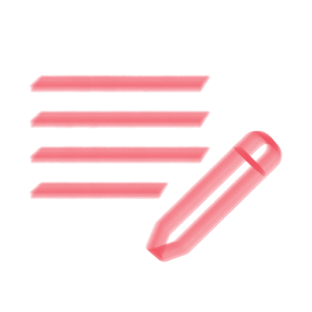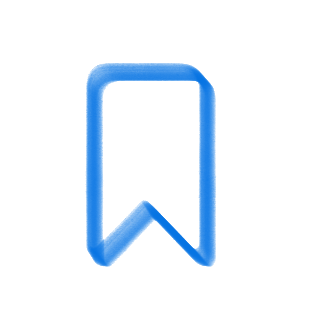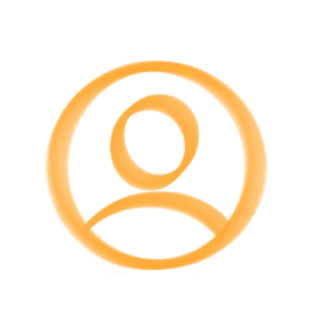Science teachers can be a bit of a conservative bunch and often like to stick with tried & trusted approaches; plotting charts & graphs on paper is definitely one of them. 33 years ago, I was using early data processing & plotting programmes like DIPSO to finish my degree thesis on supermassive black holes, yet I still talk with educators who fret about the need to plot graphs on paper in Science - whilst it is important for students to initially know how to plot on paper, I don't think there is a single person employed in any STEM career who has done this in the last 10 years! Much like the fountain pen, it has become an outdated concept.
Thankfully, the Number app on iPad offers a load of ways to easily convince them to change habits. Here are several compelling reasons:
- Recording data in tables with Numbers is quick and allows students to easily copy/manipulate it and calculate other values.
- It is also a lot easier to repeat and replace data points: once you plot a graph in Numbers, it will replot any points automatically when you change the data in the table, so it is much easier and quicker to do repeats lab work and experiments
- Because most tools are the same layout as Pages & Keynote, it's very quick to pick up. The more they use Numbers, the better they get.
- Students can easily share spreadsheets and collaborate, so it works great for longer projects, homework investigations or even pooling results to build up a larger data set and calculate mean values, etc
- I once used Numbers with a class for the first time in the middle of an inspection visit, watching a lesson on Transformers and within 5 minutes, students were showing each other various tools and doing an impressive job of analysing data and spotting patterns. they needed very little input from me.
- I can often do lab work and practical investigations in Science in half the time using data collection on iPad, leaving more time to extend experiments further or dig deeper into interesting discussion and analysis.
- It is easy to drop audio or photos/video onto the sheet to describe what is happening and avoid lengthy segments of writing for some students
- Numbers is easy enough to be used by younger students but sufficiently powerful and complex to allow older ones to apply curve fitting, non-linear scales and error bars/uncertainties - I've used it with students from age 6 to 22 and it worked brilliantly with all of them.
- Any students that go into STEM degree courses and careers after learning school will inevitably be using data collection tools and mobile devices in the field, this is a key component of digital literacy in STEM, so using Numbers is the perfect way to train them early for this.
I've found that making the use of Numbers an essential digital skill/part of Science staff CPD really helps embed it into everyday practice.
Finally, here's a fun example from my Year 12 Physics students (ages 16-17) on modelling projectile motion with the virtual trebuchet simulator, all done in Numbers of course
Virtual Trebuchet: A Web Based Trebuchet Simulator









August 31, 2022 . English
English
All STEM teachers need to read this post!! You bring a great perspective - our classrooms should reflect what people in the field are actually doing. They are spending time analyzing data and drawing conclusions, not plotting on graph paper.
I've never heard of Numbers/data collection tools being referred to as STEM digital literacy, but you're so right. Are there specific features within Numbers that you recommend students become proficient in to make them more prepared for the field?
This action is unavailable while under moderation.
This action is unavailable while under moderation.